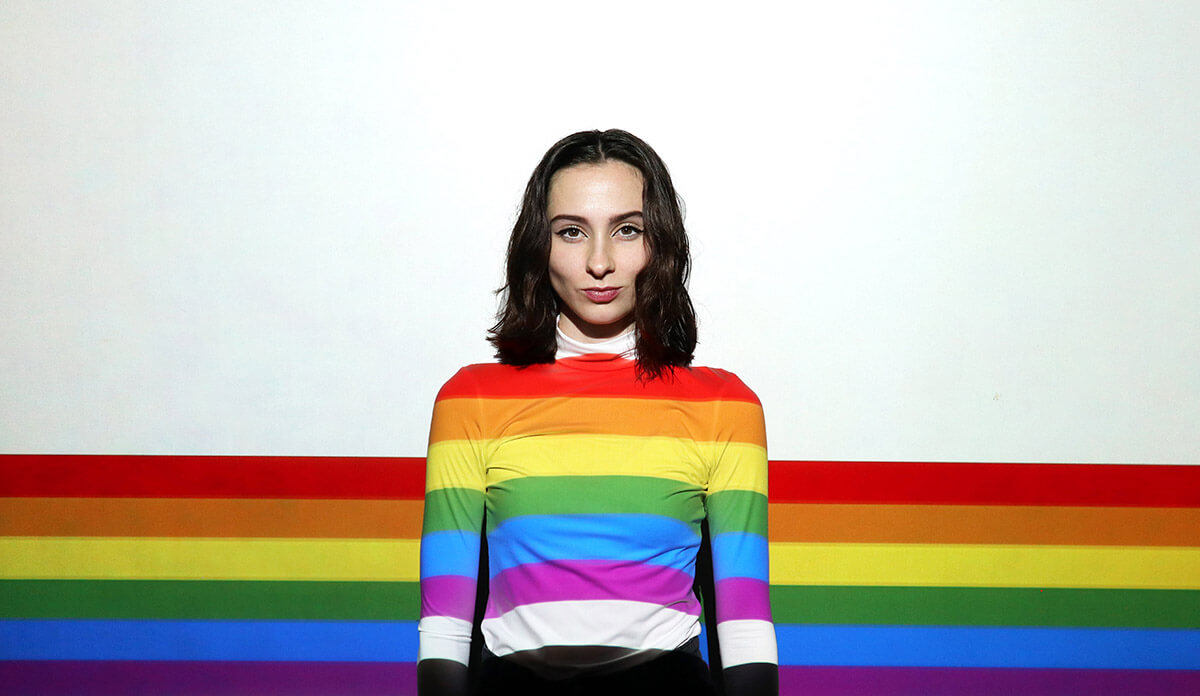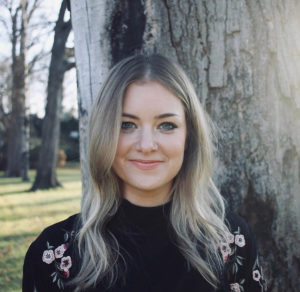Gender identity and sexual orientation begin to be recognized at an early stage by children
Pflag Canada is a national non-profit organization providing support on issues related to sexual orientation, gender identity and gender expression that operates in all Canadian provinces and jurisdictions. The organization helps both families and individuals on an individual level.
Kayla Christenson, Communications Director for Pflag Canada, told Millennium Stadium that these issues begin to be raised by children at a very early stage. “Research shows that youth who later identify as transgender or gender diverse first reported recognizing their gender identity as different at an average age of 8.5 years old,” she says.
For Flag Canada, many of these children who do not identify with society’s predefined standards of gender and identity suffer from “mental health issues such as anxiety and depression” and one way to help address the problem is to change the sex education curriculum in schools. “It needs to be representative of all sexual and gender identities and expressions,” Christenson says.
Everyone has a gender identity. For some people, their gender identity matches the gender assigned at birth, but for others it does not. Gender identities that differ from the sex assigned at birth, including those beyond the binary, as well as the ways in which we express them, have existed around the world forever, but only recently has the topic begun to gain more prominence.
Gender expression refers to the ways in which a person chooses to present their gender to the world around them. This can include clothing, pronouns, names, etc. However, it is important to note that while aspects such as names and clothing can be an intentional part of a person’s gender expression, these elements also do not necessarily need to have a gender attached to them. This is to say that a person’s gender identity can sometimes inform a person’s gender expression, but the perception of a person’s gender expression does not dictate their gender identity.
Milénio Stadium: All parents want what’s best for their kids. But providing support isn’t always easy- especially if you are the parent of a lesbian, gay, bisexual, transgender or questioning (LGBTQ2S) child. What are the biggest concerns of these parents that come up for Pflag Canada?
Kayla Christenson: The most common (and justified) concerns we hear from parents are that their 2SLGBTQIA+ children will experience prejudice, bullying, harassment, violence, and discrimination from their peers, which can leave parents feeling overwhelmed and helpless. We know this is a reality for our children, specifically for our Trans, Two Spirit, and BIPOC 2SLGBTQIA+ youth who experience disproportionate discrimination and harassment in schools.
MS: What is your advice to these parents to navigate in this reality?
KC: The best thing you can do for your 2SLGBTQIA+ child is to tell them you love them, you see them, and you support them. As parents, we are one of, if not the most, significant anchors in our children’s support systems. Research indicates having a supportive family is one of the most important resiliency factors in the lives of all young people, so hearing and knowing that they’re loved by us can make a life-affirming impact to our 2SLGBTQIA+ youth. Educate yourself on gender and sexual identities so you have more knowledge if/when your child wants to confide in you. And seek out your local Pflag Canada chapter for education and to be connected to a support system of 2SLGBTQIA+ parents.
MS: There are a lot of misconceptions about gender and sexual orientation. “Just a phase”; “there is no cure” and “don’t look for blame” are common expressions that we hear around. Would you say that this type of judgment doesn’t help this kid’s parents?
KC: Much of the cause of the discrimination, harassment and bullying that 2SLGBTQIA+ children experience is rooted in these damaging stereotypes and misinformation. We have scientific evidence that these statements are misleading and false. Research shows that youth who later identified as transgender or gender diverse reported first recognizing their gender identity as different at an average age of 8.5 years old*. (References: J. Rafferty, AAP Committee on Psychosocial Aspects of Child and Family Health, AAP Committee on Adolescence, & AAP Section on Lesbian, Gay, Bisexual, and Transgender Health and Wellness, “Ensuring Comprehensive Care and Support for Transgender and Gender Diverse Children and Adolescents,” Pediatrics 142, no. 4 (2018): 1-14). Sexual orientation is also identified early for many young people. On average, lesbian, gay, or bisexual youth become aware of their different sexual orientations around age ten, yet often do not “come out” and share this information until about age 15 or 16. Children report being aware of their gender differences at early ages. Being 2SLGBTQIA+ is not a phase or something to grow out of, and it’s not something that needs to be fixed or cured. Perpetuating misconceptions like these is incredibly harmful and will only continue to be the cause of lifelong damage to our children and the 2SLGBTQIA+ community at large.
MS: Do we need more inclusive sex education in Canadian schools?
KC: Absolutely we do. The health and sex education curriculum in Canada needs to be representative of all sexual and gender identities and expressions – anything less is unacceptable. It’s our duty as parents and educators to demand a better education for our children – one that’s based in evidence and research, and free of myths, bias, prejudices, and misinformation. Our 2SLGBTQIA+ children deserve to be welcomed, celebrated, and affirmed for who they fully are in their school communities, and that includes an inclusive and affirming sex education curriculum.
MS: LGBTQ2S kids are struggling with bullying in school. How can the parents identify the red flags?
KC: Look for signs such as: not wanting to attend school, feeling/being withdrawn from friends and family, fear of school, nightmares, acting out to avoid situations involving other youth. Make sure you encourage open communication with your child. Let them know that you’re a judgment-free, safe space for them to share what’s going on in their world – good or bad.
MS: How prevalent are mental health conditions among LGBTQ2S kids?
KC: Our 2SLGBTQIA+ children suffer from mental health conditions at an exponentially higher rate than their peers. Often these mental health conditions, such as anxiety and depression, are the result of fear, confusion, shame, and anger, about being exposed as part of the 2SLGBTQIA+ community, and the potential consequences of that from their peers.










Redes Sociais - Comentários